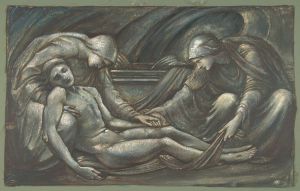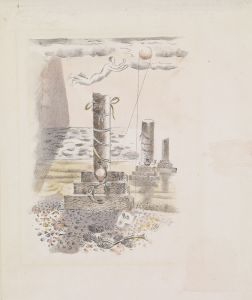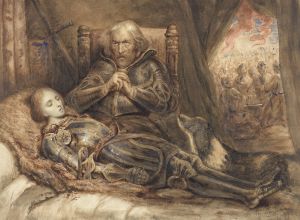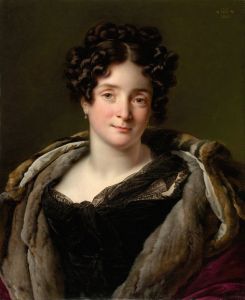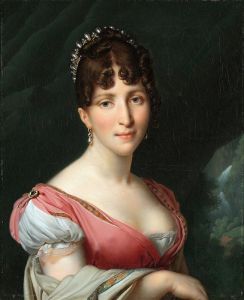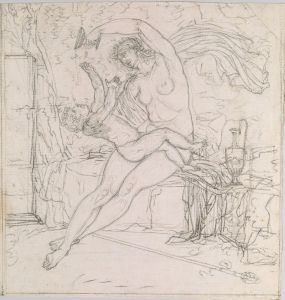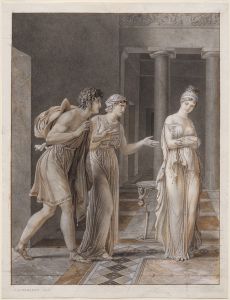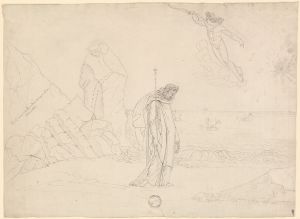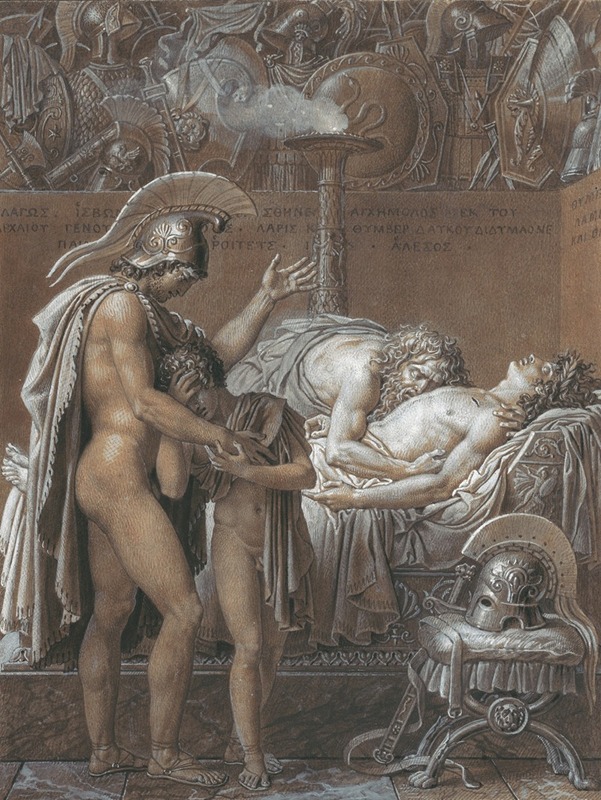
The Mourning of Pallas
A hand-painted replica of Anne Louis Girodet-Trioson’s masterpiece The Mourning of Pallas, meticulously crafted by professional artists to capture the true essence of the original. Each piece is created with museum-quality canvas and rare mineral pigments, carefully painted by experienced artists with delicate brushstrokes and rich, layered colors to perfectly recreate the texture of the original artwork. Unlike machine-printed reproductions, this hand-painted version brings the painting to life, infused with the artist’s emotions and skill in every stroke. Whether for personal collection or home decoration, it instantly elevates the artistic atmosphere of any space.
Anne-Louis Girodet-Trioson, a prominent French painter of the late 18th and early 19th centuries, is known for his contributions to the Neoclassical and Romantic movements. Among his works is The Mourning of Pallas, a painting that reflects his mastery of dramatic composition and emotional intensity. This artwork is inspired by a scene from Virgil's Aeneid, an epic poem that was a significant source of inspiration for many Neoclassical artists.
The painting depicts the aftermath of the death of Pallas, a young warrior and ally of Aeneas, the hero of the Aeneid. Pallas is killed in battle by Turnus, the leader of the Rutulians, and his death becomes a pivotal moment in the epic. In Girodet's interpretation, the scene captures the grief and solemnity surrounding Pallas's death. The composition emphasizes the lifeless body of Pallas, surrounded by mourners who express sorrow and reverence. The use of light and shadow in the painting enhances the emotional impact, drawing attention to the central figure of Pallas and the expressions of those around him.
Girodet's style in this work reflects his training under Jacques-Louis David, one of the leading figures of Neoclassicism. However, Girodet's approach often incorporated a more Romantic sensibility, evident in the heightened emotional tone and the meticulous attention to detail in The Mourning of Pallas. The painting demonstrates his ability to blend classical themes with a personal, expressive touch.
The exact date of the painting's creation is not widely documented, but it is consistent with Girodet's broader body of work, which often explored themes from classical literature and mythology. The painting is notable for its technical precision, as well as its ability to convey a narrative rich in pathos and drama.
The Mourning of Pallas is an example of Girodet's skill in interpreting literary sources and translating them into compelling visual art. While not as widely known as some of his other works, such as The Burial of Atala, this painting contributes to his reputation as an artist capable of evoking deep emotional responses through his art.
Further details about the painting's current location or provenance are not readily available in historical records.





